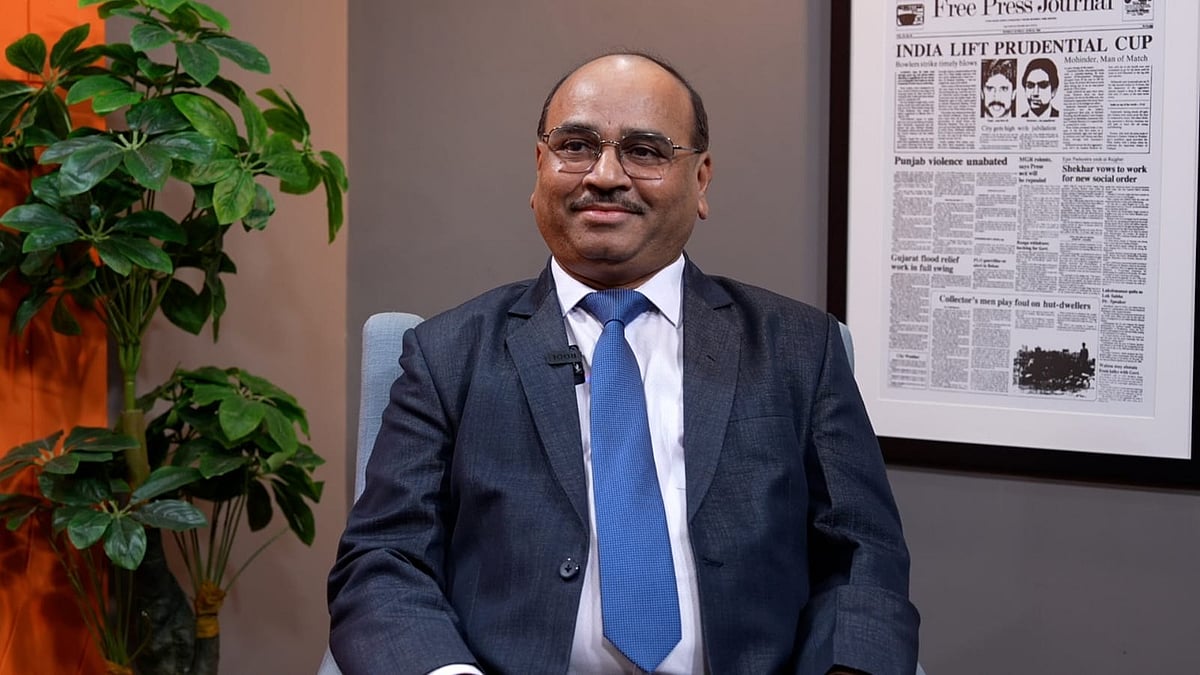Recently, various techniques have been employed in the modern manufacturing industry to shape metal components. Of all these techniques, have you heard about Progressive die stamping? Progressive die stamping uses numerous workstations to perform different processes on one part.
Unlike simultaneous operations, this stamping has several advantages, including quick setup, fast production speed, and precise control over part location during stamping.
Many industries rely on progressive die stamping to produce vital parts and components. Whether you are a seasoned engineer or a novice designer, optimizing your designs for progressive die stamping can significantly improve efficiency and quality. Let's look at the 10 design tips for stamping parts with progressive dies.
Sequence design and strip layout
Progressive die stamping needs careful sequence planning and strip layout to shape metal components efficiently. Strategic strip layout has an impact on prices, accuracy, and quality.
So, each step requires appropriate progressive tools and components to reduce weakening and facilitate maintenance. Proper sequence design and strip layout contribute to maximum productivity.
Carrier
Carrier is sometimes referred to as webs, strips, or ties. It is the material that takes components through progressive stamping dies. Designing the carrier to fit the part's breadth avoids extra material requirements.
The carrier width may need to be adjusted for larger dies to be at least twice as thick as the material. Maintaining constant lengths for many carriers helps to prevent strip twisting.
Center carriers
Center carriers are made of a metal strip and positioned near the center of the part. It serves as an important function in the forming process.
Narrow center carriers allow for complete formation around the entire component, whereas wider ones limit formation to the portion's sides. This arrangement often results in low scrap material, which improves manufacturing efficiency.
Inboard Carriers
Inboard carriers are attached to the component at two points. One is attached near the center and another near the outer edge. They are intended to remain within the part's breadth.
This arrangement ensures that the carrier does not exceed the part's width. It provides a precise and regulated mechanism for guiding and supporting the part during the progressive stamping process.
Lance Carriers
The lance carrier strategy involves forming a lance rather than trimming material from the strip. This technology reduces scrap material.
Also, this technology improves efficiency in the progressive stamping process. However, it is important to note that this process produces shavings.
Outside Carriers
External carriers are affixed to the part by cutting, lancing, or punching shapes for drawing. This layout allows for easier formation toward the center of the strip.
Lifter rails are typically used in conjunction with outside carriers to feed and level the strip. It improves the progressive stamping process's effectiveness.
One-sided carriers
One-sided carriers are secured to only one side of the part. This design allows for three-sided forming, enhancing accessibility for the shaping process. However, complications, such as mobility problems during strip raising and feeding, may emerge.
To remedy this, lifters along the strip's center are frequently required to ensure smooth feeding through the dies. Alignment challenges can be addressed by increasing strip width, allowing excess material trimming on the carrier side, and avoiding potential problems.
Feed height and strip lifting
Progressive die stamping requires careful consideration of feed height or the lift needed for strip progression between dies.
Minimizing lift is critical for efficiency, balancing clearance requirements, and avoiding difficulties such as vibration impact, sagging, and material deformation, all of which impact part quality.
Pilots
Pilots are essential in progressive die stamping because they align and secure the strip as it moves through the process. The number and placement of pilots influence material and carrier selection.
Tight tolerance designs can result in elongation and flaws. Carrier-based pilots may be adjusted for elongation to produce precise part tolerances, and punching two sets simultaneously improves accuracy.
Exiting the die
Exiting the die in progressive stamping necessitates careful design considerations for the last die's function. The orientation of the strip, carrier type, and overall die sequence all impact component removal.
Ladder strips, shedder pins, and sequencing are examples of natural component detachment methods. Clearance takes several forms.
Bottom line
As dies get more complex, decisions based on fundamental die design principles become more important. The top Progressive die manufacturers use new technologies to improve productivity and precision. The end product will be a durable progressive die that ensures efficient and high-quality metal forming processes.









